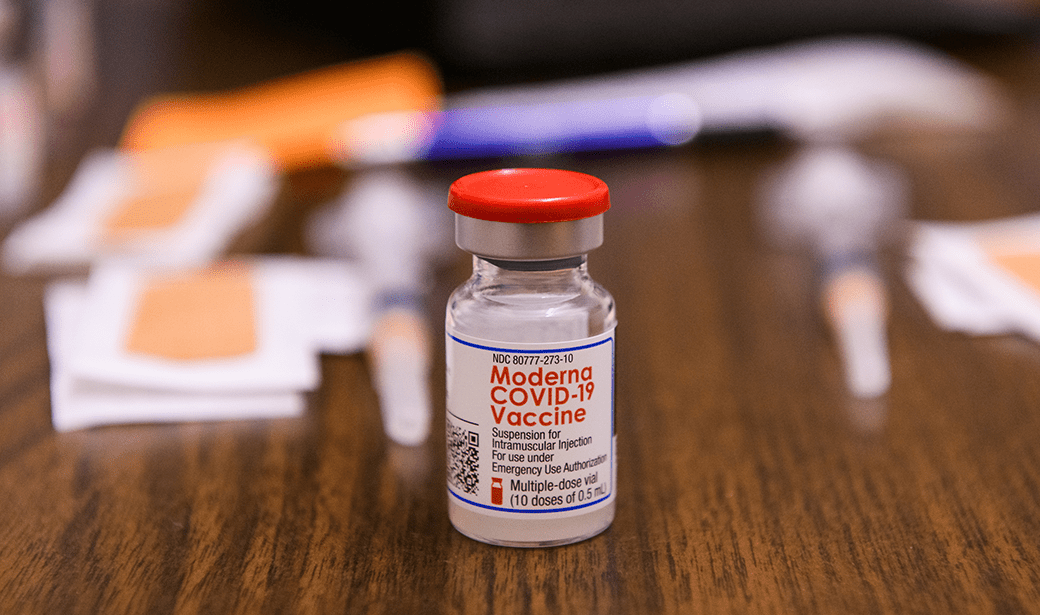Osteoporosis: An Overview
Because of changes in the microstructure of bone tissue and systemic bone mass, osteoporosis is a multi-cause skeletal disease that increases bone fragility and makes bones more prone to fracture.
It might be challenging to treat certain diseases like osteoporosis, the three types of which are primary osteoporosis, secondary osteoporosis, and idiopathic osteoporosis.
Types of Osteoporosis
Either postmenopausal osteoporosis or senile osteoporosis is considered primary osteoporosis. Type I osteoporosis, sometimes referred to as postmenopausal osteoporosis, usually develops in women 5 to 10 years after menopause and is linked to the lack of estrogen after menopause. Osteoporosis that develops after the age of 70 and is linked to aging processes is often referred to as senile osteoporosis, also known as type II osteoporosis.
Osteoporosis that develops as a secondary symptom of particular disorders is referred to as secondary osteoporosis. The cause can be an existing illness or other factors, such as endocrine, connective tissue, bone marrow, pharmacological, dietary, or disuse-related conditions.
Osteoporosis that has no recognized underlying etiology is referred to as idiopathic osteoporosis. Juvenile and adult idiopathic osteoporosis are both types of idiopathic osteoporosis. Idiopathic osteoporosis is characterized by an initial bone mass that is considerably below the age-related average.
Causes of Osteoporosis
Osteoporosis has a complicated pathogenesis and etiology. In general, it refers to abnormalities in the regulation of hormones, nutrition, physical health, genetics, immune system function, etc., as well as some drug-related variables.
Age, gender, ethnicity, family history, a high-protein, low-calcium diet, certain medications (such as corticosteroids and anticonvulsants), smoking, binge drinking, inactivity, endocrine issues (such as low estrogen, androgen levels, and calcitonin deficiency), and other diseases (such as intestinal problems, kidney problems, liver disease) are all risk factors for osteoporosis.
Treatment of Osteoporosis
There is currently no cure that will reconstruct the already-loose bone. As a result, early prevention and treatment strategies are getting more and more attention. Currently, there are primarily two groups of clinical anti-osteoporosis medications. One medication blocks bone resorption, and the other encourages bone growth.
Advancements in Osteoporosis Treatments
Over the past few decades, research on peptides and bone tissue creation has grown dramatically. A number of peptides have been suggested for usage in clinical settings as therapeutic agents since it has been demonstrated that they promote and stimulate the bone healing response.
The leader in peptide development and production, BOC Sciences, has discussed the variety of peptide choices available to help advancements in osteoporosis treatment development.
BOC Sciences Enters the Scene
A variety of peptides from BOC Sciences can be used to prevent bone loss or encourage bone growth. For instance, certain peptide medications for persons with osteoporosis, particularly for those with painful symptoms, have already used its calcitonin, a short peptide made up of 32 amino acids produced by parafollicular cells of the thyroid. Patients with osteoporosis who take calcitonin as directed see increased bone mass.
The calcitonin developed by BOC Sciences is the result of the company’s years of peptide technology development. Calcitonin and all other peptide products are produced in accordance with international laws and standards by BOC Sciences. The BOC Sciences professional team has put in a lot more effort in quality control up to this point to ensure the efficacy and safety of peptides, protecting its reputation as a reliable supplier.
In addition to the peptides that it already has on hand (such as calcitonin, calcitonin human, abaloparatide, etc.), BOC Sciences has also used its expertise in synthetic chemistry to create a wide range of customized solutions that can bridge the gap between the booming field of osteoporosis research and the dearth of high-quality peptide materials.
The BOC Sciences’ Peptides Advantage
Peptides from BOC Sciences are available for incredibly low pricing. BOC Sciences has broad manufacturing facilities that can handle commercially viable batches. There are warehouses in numerous cities that guarantee the timely delivery of peptide orders. Furthermore, BOC Sciences provides the peptides in adaptable packaging with sizes ranging from milligram to tons.
At BOC Sciences, in-depth studies are being conducted to provide additional information regarding the R&D of peptides for osteoporosis study. The nature, stability, and efficacy of peptides will continue to advance, leading to the rapid development of new bone repair treatment techniques.
About BOC Sciences
BOC Sciences has built a reputation for supplying a variety of peptides for many therapeutic fields, such as research on osteoporosis, cancer, cardiovascular disease, diabetes, and HIV. BOC Sciences has a long history in peptide manufacture, synthesis, and analysis.
A brand of BOCSCI Inc., BOC Sciences draws on a broad range of business in the areas of discovery, manufacturing, marketing, and distribution to assist you in making the best choices possible for your changing demands for premium chemicals.
To learn more about BOC Sciences and its array of products, follow this link https://www.bocsci.com/.
Subscribe
to get our
LATEST NEWS
Related Posts

Biomanufacturing
Biotechnology’s Transformative Impact on Sustainable Development
Rooted in the transition from fossil fuels to renewable resources, the integrated bioeconomy promises a sustainable future.

Biomanufacturing
Matexcel’s Natural Extract Peptides: A Commitment to Quality and Innovation
Matexcel has recently introduced a novel series of natural extract peptide products designed for applications in food supplementation or cosmetic research.
Read More Articles
Synthetic Chemistry’s Potential in Deciphering Antimicrobial Peptides
The saga of antimicrobial peptides unfolds as a testament to scientific ingenuity and therapeutic resilience.












